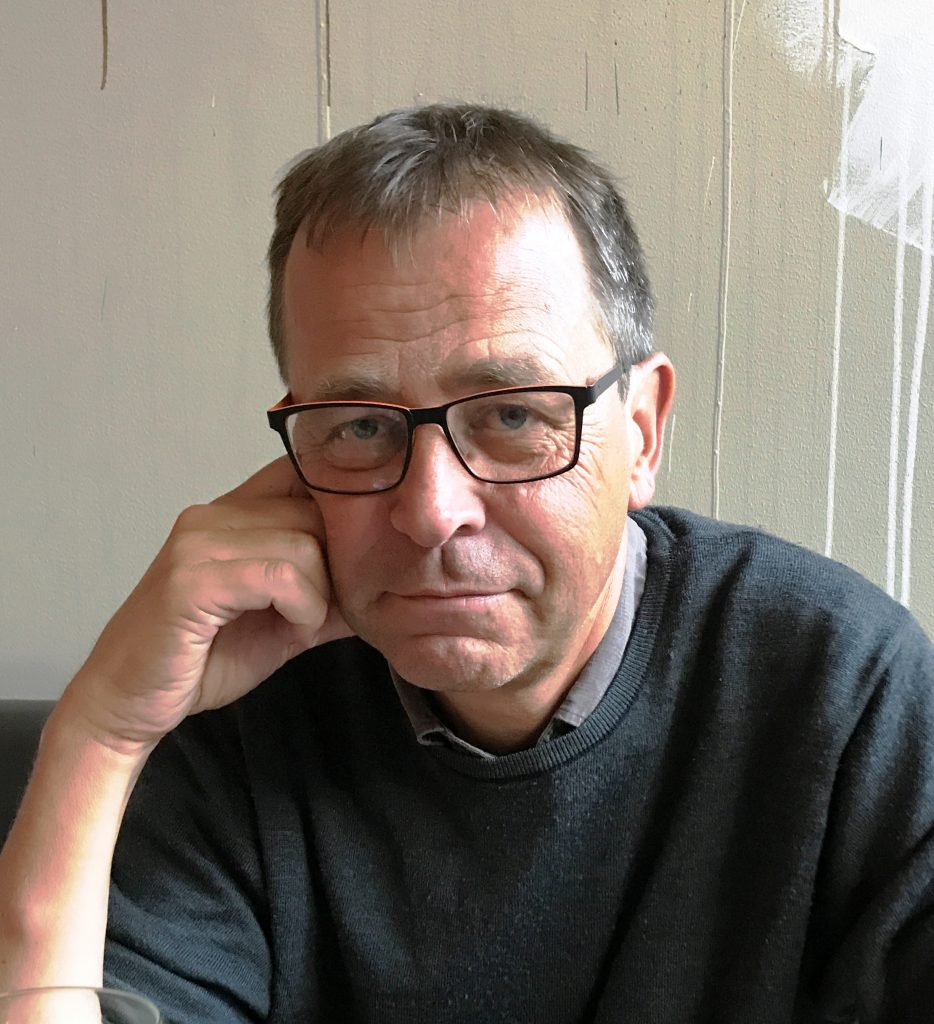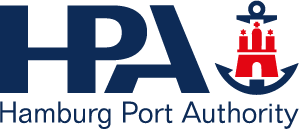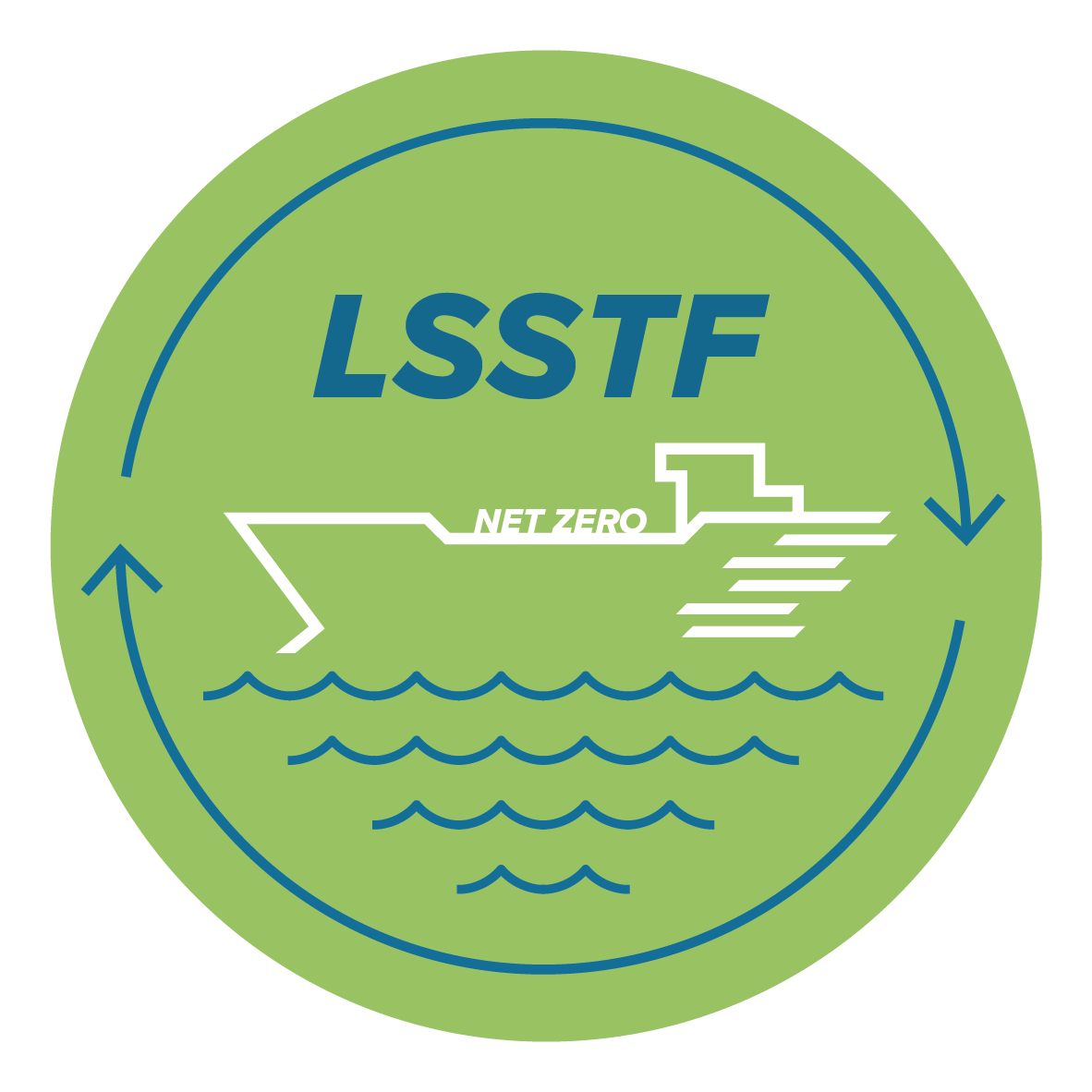Erik Fridell
IVL Swedish Environmental Research Institute
Dr. Fridell obtained a PhD in physics in 1993 and is assistant director and team leader for the Transport and Mobility group at IVL Swedish Environmental Research Institute and Adjunct Professor in Maritime Environment at Chalmers University of Technology. He has long experience on research about emission to air from traffic including emission modelling and research on emission abatement strategies. Recent research interest also includes scenario development, policy instruments and assessing impact on environment and health with a focus on new fuels and shipping. He has a wide experience regarding development and application of various methodologies for calculating and streamlining fuel consumption and air emissions for the transport sector. He has published over 100 research papers, several book chapters and public reports.

How to make emission regulations for NOx and SOx work
This paper discusses gaps related to emission regulations for ships with a focus on enforcement. Several gaps have been identified, some of them are regulatory gaps that typically include negative side effects of abatement technologies that could be addressed by policymakers. Other gaps relate to the enforcement of regulations. An important identified need is the development of onboard exhaust gas sensors that can be used in an enforcement context. These include NOX and ammonia sensors downstream an SCR, methane sensors for LNG engine exhaust and BC sensors for potential coming regulations on soot emissions from ships. Also methods and protocols for remote surveillance should be developed further. Enforcement regulations should ensure reliable performance over time, upstream and downstream of any abatement technologies.



